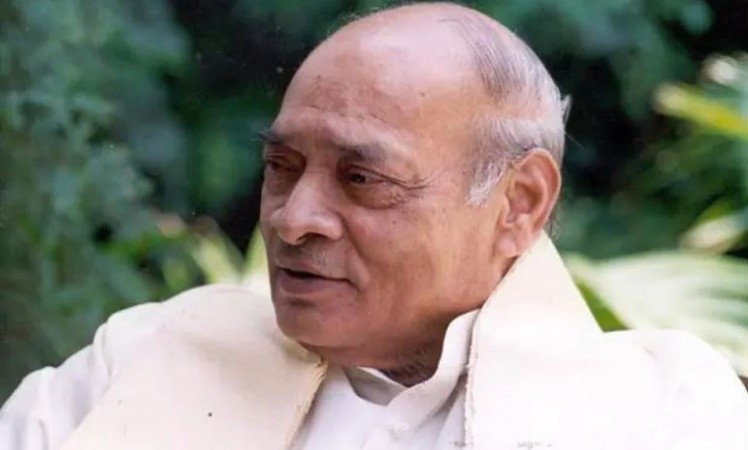
THIS DAY IN INDIA: On June 21st, 1991, history was made as P.V. Narasimha Rao was sworn in as the ninth Prime Minister of India. While his tenure witnessed remarkable changes across various sectors, his contributions to India's health sector were particularly notable. This article explores the visionary leadership of P.V. Narasimha Rao and the transformative impact he had on India's healthcare landscape during his tenure.
Pamulaparti Venkata Narasimha Rao, popularly known as P.V. Narasimha Rao, was born on June 28, 1921, in the village of Laknepalli in present-day Telangana, India. Serving as the Prime Minister from 1991 to 1996, Rao was a prominent member of the Indian National Congress party and played a crucial role in shaping India's political and economic future.
Upon assuming office, P.V. Narasimha Rao faced significant health challenges that plagued the nation. Inadequate healthcare infrastructure, high infant mortality rates, prevalence of communicable diseases, and limited access to quality medical services were some of the pressing issues that demanded immediate attention.
Understanding the importance of preventive healthcare, Rao's government implemented the Universal Immunization Program, aimed at vaccinating every child against preventable diseases. This initiative significantly reduced the incidence of diseases such as polio, measles, and diphtheria, safeguarding the health of the younger population.
P.V. Narasimha Rao emphasized the importance of primary healthcare and sought to improve its accessibility and quality. Under his leadership, the government focused on establishing primary health centers (PHCs) in rural areas, ensuring that even remote communities had access to basic healthcare services. This move helped alleviate the burden on tertiary care facilities and brought healthcare closer to the people.
Introduction of National Health Policy: Recognizing the need for a comprehensive framework to guide the nation's healthcare system, the Rao government introduced the National Health Policy in 1991. This policy aimed to address the various dimensions of healthcare, including preventive, curative, and rehabilitative services. It laid the foundation for long-term planning and resource allocation in the health sector.
Encouraging Public-Private Partnerships: P.V. Narasimha Rao recognized the potential of public-private partnerships in healthcare delivery. His government actively encouraged collaborations between the public and private sectors, leading to improved access to advanced medical technologies, specialized treatments, and expertise. This approach fostered innovation and allowed for the efficient utilization of resources in the healthcare sector.
Emphasis on Research and Development: To advance India's healthcare capabilities, P.V. Narasimha Rao's government prioritized investment in research and development. Increased funding and support were provided to institutions involved in medical research, leading to breakthroughs in various fields. This emphasis on R&D laid the foundation for India's emergence as a global hub for healthcare innovation and pharmaceutical production.
P.V. Narasimha Rao's tenure as Prime Minister marked a turning point in India's healthcare landscape. Through his visionary leadership, he addressed critical health challenges, introduced transformative policies, and fostered collaborations to improve healthcare access and quality. His contributions continue to shape the nation's health sector, leaving a lasting legacy of progress and development.
This Day in History, June 20, 1996: India Refused to Sign the CTBT